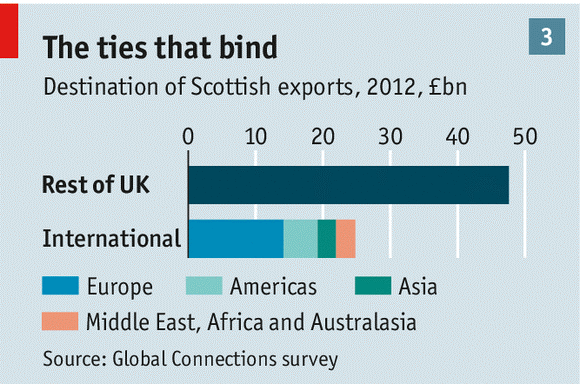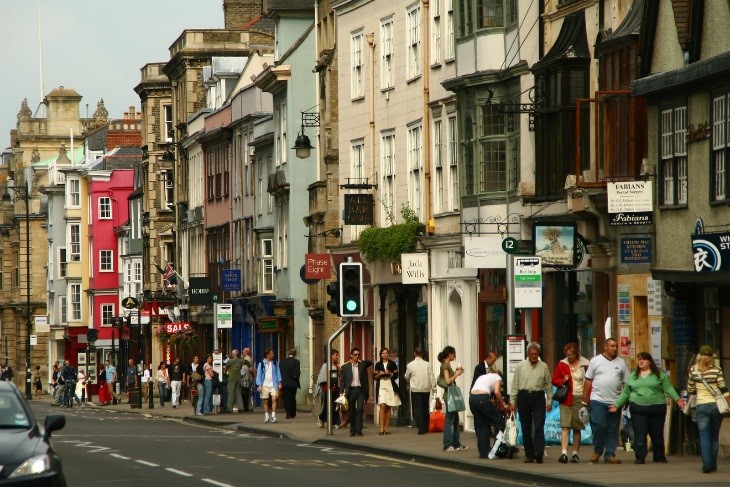Gurgle, gurgle, where’s all the money gone?
For a country routinely described as “cash-strapped”, it’s hard to believe some of the figures now coming out about our financial state.Far from being hard-up, Britain’s big companies are sitting on vast amounts of money. Yet the volume of new cash being pumped in to boost an investment recovery is rising with every month.
So where is all the money going?
UK firms are not cash strapped. They are sitting on a cash pile estimated at more than £700 billion, equivalent to around 45 per cent of GDP.
There’s the £375 billion that has been pumped into the economy by way of the Bank of England’s programme of “quantitative easing”. But figures on economic growth have barely responded.
Then there’s the government Funding for Lending Scheme (FLS). When this was launched the government said it expected that up to £70 billion would be made available.
And finally there’s the government’s own spending and borrowing.
Contrary to the daily wail on the BBC and elsewhere of unrelieved austerity and “savage cuts”, public spending, far from being reduced, is still on an upward course. It is on course to rise from £674 billion in 2012 to a forecast £720 billion this year.
Chancellor George Osborne is intent on pushing through spending cuts of £11.5 billion.
So there really is a spending squeeze, isn’t there? Well, not exactly. Set that figure of £11.5 billion beside the amount the government is continuing to borrow to bridge the gap between its income and spending.
According to its forecasts, borrowing this year will hit £120.9 billion - or just over £10 billion a month.
But surely the stock of public debt is being reduced? Look again. In 2009-10, Public Sector Net Debt stood at £759.5 billion. Today it stands at £1,189 billion. By 2017-18 it is forecast to hit £1,637 billion. Debt is about the only feature of the UK economy that’s expanding. In fact, it’s booming.
So where’s all the money going? It seems to be disappearing like water being poured into the Gobi Desert. Growth was just a miserable 0.3 per cent in the first three months of the year.
It’s not going to households. Millions are suffering a real squeeze as inflation has been outstripping the rate of earnings growth and the paltry rate of interest on our savings.
Much of that £700 billion plus corporate cash hoard is parked with the banks as business still lacks the confidence to invest – or to invest in the UK.
Since its low point in the second quarter of 2009, business and public investment combined has risen by just 2.5 per cent – and it is still 19.5 per cent below its 2007 peak.
Does business really need more emergency cash pumping? The latest CBI survey shows that only 12 per cent of manufacturers said their capital spending plans were constrained by lack of ability to raise external finance, while 54 per cent cited uncertainty about demand as a constraint.
So where’s that cash lake likely to end up?
According to a survey by accountancy giant Deloittes, 60 per cent of senior executives at big firms say the plan to invest £50 billion in “growth-related initiatives” this year, and a further 30 per cent within two years.
Good news, then? Not exactly. The focus of this investment is overseas, particularly in Asia Pacific and developing country markets.
What of Quantitative Easing? It has helped drive up the stock market and other financial assets.
And the Funding for Lending scheme launched last autumn to boost lending and get the economy expanding? Figures yesterday showed UK bank lending has continued to fall. Net lending fell by £300 million in the first quarter. Lending to individuals (largely for house purchase) was up. But loans to businesses were down.
The Bank of England said that banks had borrowed an additional £2.6 billion under the scheme in the first quarter, taking the total amount that has been made available so far to £16.5 billion – a far cry from the £70 billion initially envisaged.
What’s happening, it seems, is that new lending is coming on stream, but old loans are being phased out. In particular lending to commercial property is not being extended when coming up for renewal. The total here is shrinking – particularly at stricken banks such as RBS and Lloyds Banking Group. They are replacing old loans financed at higher rates with cheap cash courtesy of the government.
Some banks and building societies such as Barclays and Nationwide have increased their loans while RBS, Santander and Lloyds reduced the net amounts they lent.
As for all that government money, the big spending departments such as health continue to be ring-fenced. And cutting welfare is politically very difficult. So the debt and borrowing boom goes on.
Has all this money been useless? Not exactly. What the money gurgle has done is to prevent a calamitous credit squeeze and interest rates being forced up to crisis levels. It has worked to keep the banks afloat and meet those tougher capital reserve requirements, avoid a cascade of business failures and soaring unemployment, stave off a house price meltdown, meet the state pension obligations and keep the welfare system for all its belt-tightening moans, broadly in the state to which it has grown accustomed.
It tells us just how bad the consequences of the financial melt-down were – and the vast amount of capital required to stave off a 1930s- style Depression.
For all this, of course, there will be a reckoning. The recent hint by the head of the US central bank that QE might come to an end sent world stock markets into a sell-off. Many now fear we are about to see the bursting of the bond market bubble.
And as for government debt, this is no matter of abstract numbers of interest only to economic nerds. There’s the annual interest payment to meet.
In the current year, interest on the government’s debts will cost taxpayers £46.5 billion.
By 2017-18, interest payments will consume £71.3 billion – more than the current annual budgets of the Home Office and the Department for Education, which between them spend around £65 billion a year.
The money gurgles for now.
The real squeeze comes later.




